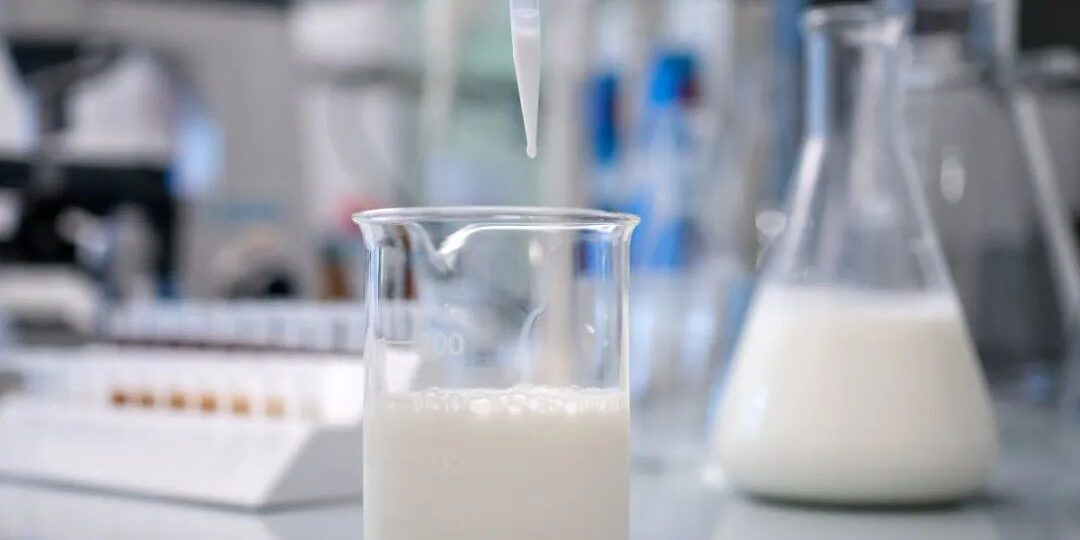The function and principle of cutting fluid defoaming agent
Analysis of blistering causes
“Foam” is a heterogeneous system in which insoluble gas enters a liquid under the action of external force and is isolated by the liquid, that is, a limb system in which gas is dispersed in a liquid.
The generation of foam is directly related to the surface tension of the liquid. The developed chemically synthesized cutting fluid was formulated into a series of aqueous solutions with different concentrations, and the surface tension of the aqueous solutions with different concentrations was measured.
After a series of experiments, it can be seen that adding cutting fluid can significantly reduce the surface tension of water. When the concentration reaches 1.50h, the surface tension decreases to the minimum.
That is, the CM(binary value is 1.5%. From the characteristics of the curve, it can be seen that the cutting fluid is similar to a surfactant. When the cutting fluid concentration reaches (:61(two), a large amount of surface activity is gathered on the surface of the aqueous solution. Substances form a monomolecular film to minimize the surface tension of the system.
On the surface, the active material has an amphiphilic structure, with one end hydrophilic and the other end hydrophilic, and it is easy to form foam. In actual use of cutting fluid, the prepared concentration is greater than CM (binary value), and there is a sufficient amount of surface active substances in the solution. When the cutting fluid is recycled during the metal processing process, it comes into contact with a large amount of air, and bubbles will be formed. The surface activity in the cutting fluid The substances are oriented and arranged at the gas-liquid interface to form an adsorption film, making the foam stable. As the cutting process proceeds, some solid particles are also easily adsorbed on the foam surface, forming a three-phase foam, making the foam more stable.
Therefore, the main reason why cutting fluid forms foam is that surface active substances undergo positive adsorption at the gas-liquid boundary to form a stable absorption film.
Defoaming agent principle
The bubbles in the cutting fluid must be redistributed and the thickness of the adsorption film must be thinned to defoam naturally. The redistribution of bubbles is mainly caused by the difference in additional pressure. When bubbles of different sizes are generated in the cutting fluid, let the radius of the small bubble be one large bubble It, and the additional pressure 2,r>2(r, when the two When two bubbles come into contact, the gas diffuses from small bubbles to large bubbles through the boundary, making the small bubbles smaller, and the large bubbles become larger and burst. Thinning the thickness of the adsorption film relies on drainage and evaporation. When bubbles are formed in the cutting fluid, the The liquid is concave, and the additional pressure is directed toward the center of curvature. This force causes the liquid to move, causing the membrane wall to become thinner and the bubble to burst.
Natural defoaming takes a long time and cannot meet the requirements, but according to the above principles, we can purposefully add corresponding substances to make it defoaming quickly.
When foam is generated, a substance with lower surface tension can be added to quickly penetrate into the liquid film between the foams. Since the liquid with low surface tension automatically flows to the liquid with high surface tension, the bubble stress will be unbalanced. To achieve the purpose of defoaming.
And adding a Sichuan 13 value is. Substances between _4 can capture the hydrophobic chain ends of surface active substances, causing them to spread quickly, inhibiting the formation of elastic films, and preventing the formation of bubbles, thereby achieving the purpose of defoaming and suppressing foam.







